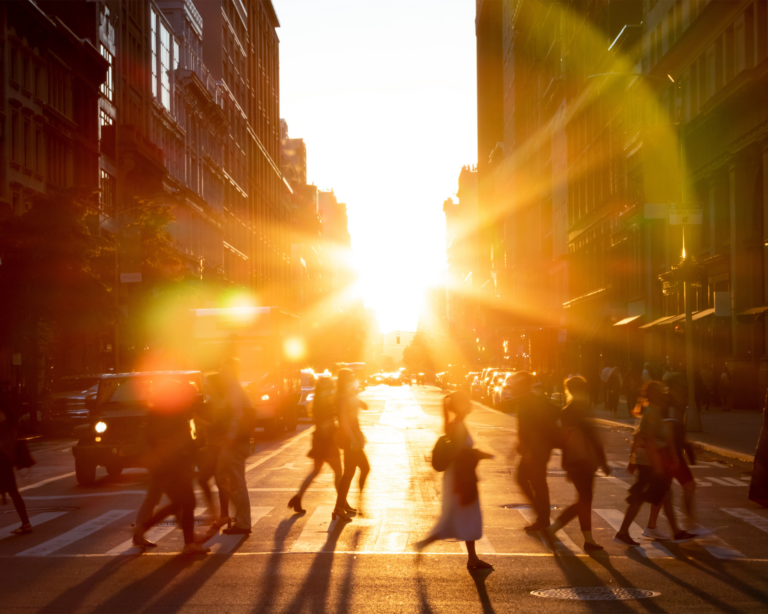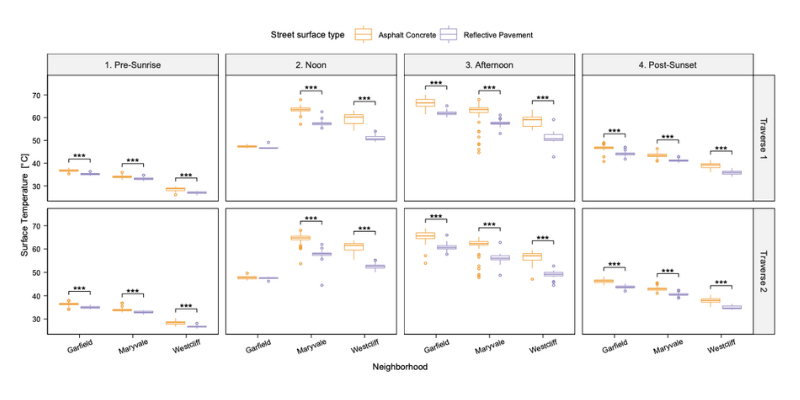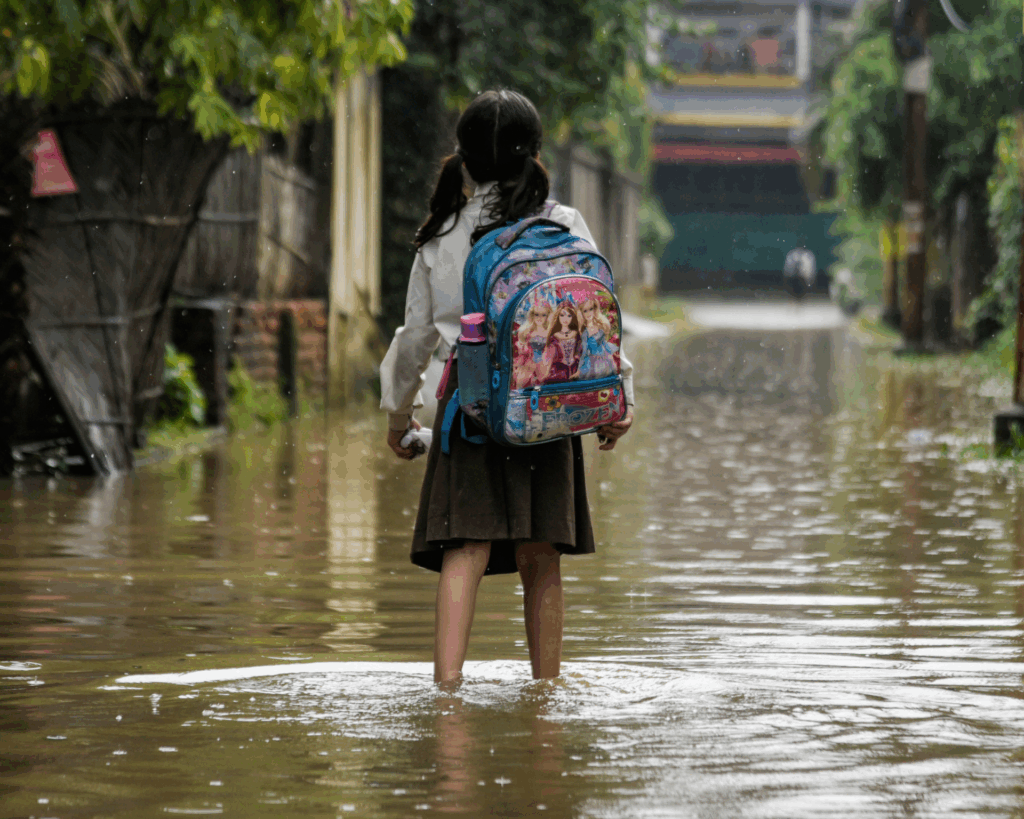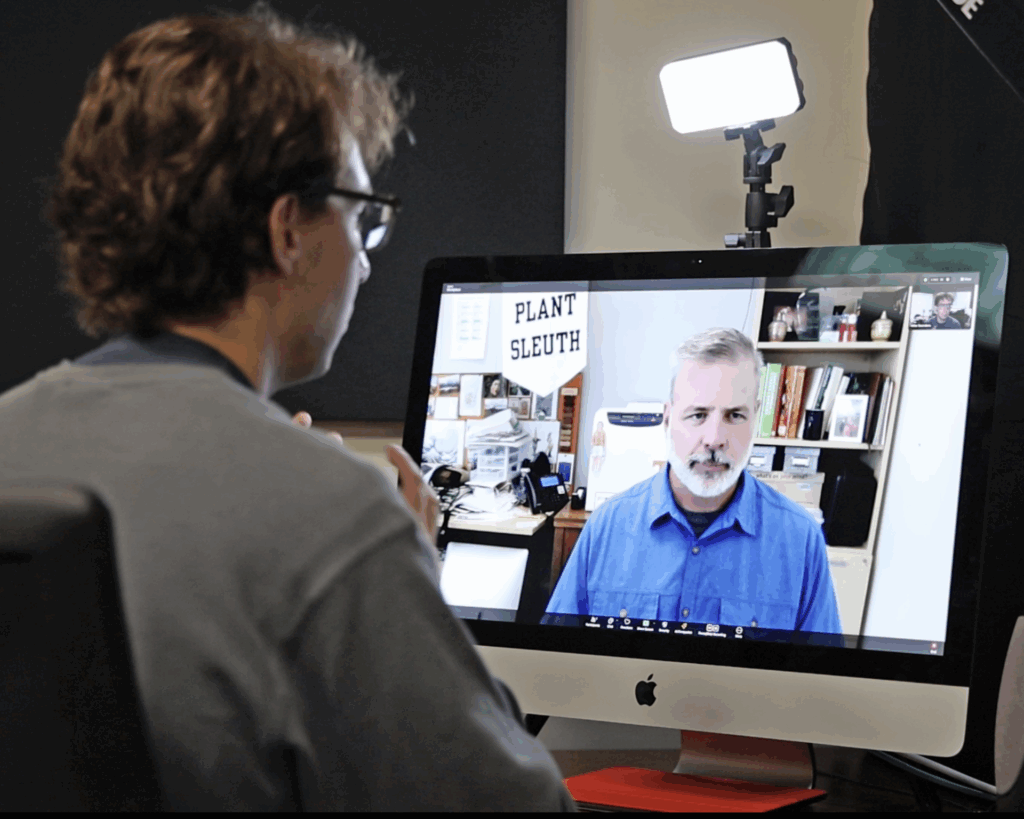Reflective Pavement May Cool Cities
While reflective pavement may offer a promising solution for cooling surface temperatures, its effects on air temperatures are minimal.

Read Time: 2 minutes
Published:
The planet is getting hotter, and sweltering temperatures have become more frequent and increasingly unbearable, especially in regions already known for their intense heat. Every year, 1,220 people die from extreme heat-related illnesses.
A long and continuing pattern of urban design and redlining has often placed vulnerable community members in the hottest parts of our hottest cities. These areas often have industrial zones, highways, limited green spaces, and a lack of natural shade shelter, such as trees.
In 2020, the city of Phoenix piloted a program in which officials applied a solar reflective seal to a section of streets. This seal reduces heat absorption, thereby lowering surface and air temperatures. Florian Schneider and colleagues conducted a study to determine the impacts and optimal use of reflective coatings for urban heat mitigation.
The study compared reflective pavement to conventional asphalt in Phoenix. The researchers looked at surface reflectivity changes over time, nighttime cooling effects, and trade-offs between different heat exposure metrics. The figure below compares the surface temperatures of streets at different times of day considering differences between asphalt and reflective pavement across three neighborhoods.

The researchers found a significant reduction in surface temperature, no significant impact on air temperature, and mixed radiant temperature results depending on the time of day. While the cooling effect of reflective pavement has some impact in hot, dry climates, results are modest.
Los Angeles has pioneered and tested the approach of cooling the city with reflective pavement. The authors urge cities to continue assessing this method, suggesting that application may be most effective in neighborhoods with less infrastructure to protect people from overheating, such as tree shade or air conditioning units. They recommend that efforts to mitigate urban heat must prioritize equitable solutions to protect the most vulnerable communities from the increasing threat of extreme temperatures.



